‘A house that tickles your heart with delicate fingers’: rare International Modernist home for sale for £2.2m
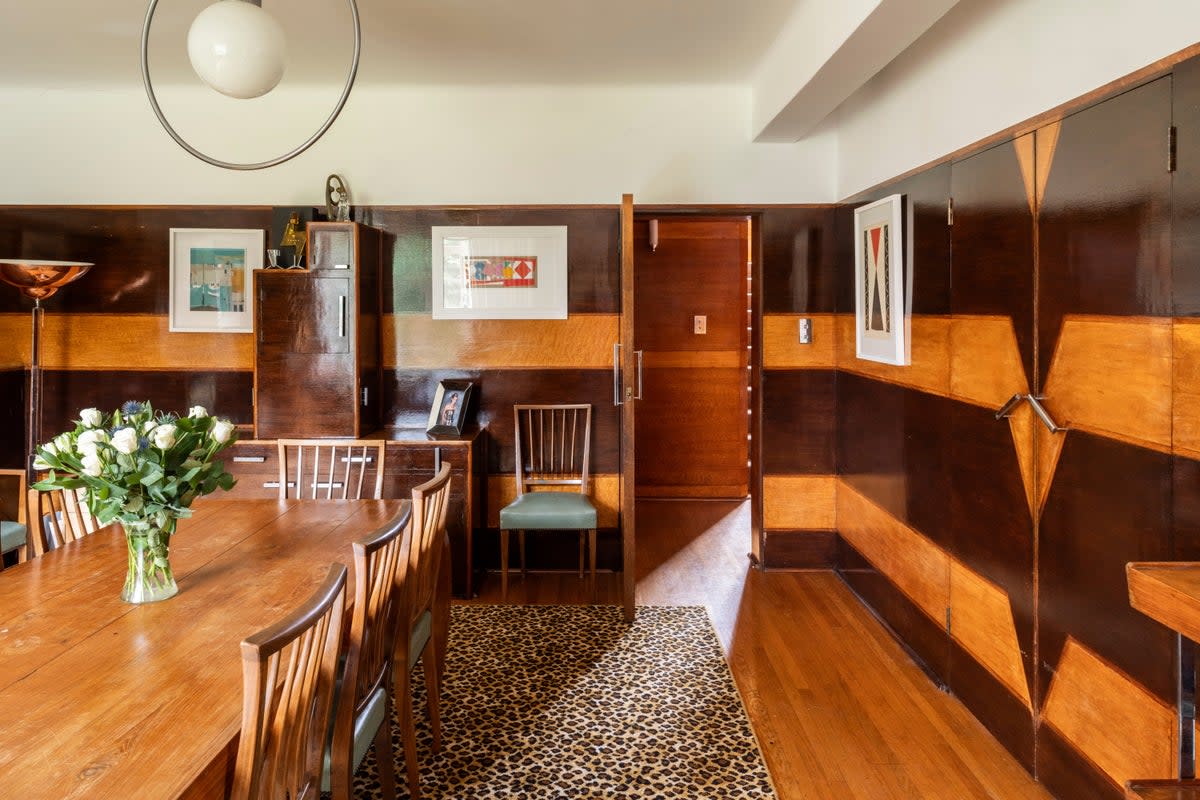
From the outside, 30 Avenue Road, Stratford-upon-Avon, looks more like a primary school or a library than a family home.
Cut from red brick with white Crittall windows, this 5,217 sq ft house is a sharp, blocky 1930s building that stands in green, secluded gardens.
“Not everybody gets it,” says the owner, who wished to remain anonymous.
“People will ask: ‘What was it before it was a house?’ It looks like some kind of factory, or industrial thing. Others will say: ‘Wow, this is so rare’. I love this idea of International Modern as opposed to Art Deco, because it’s so different: no curves, just stark and angular, like a castle.”
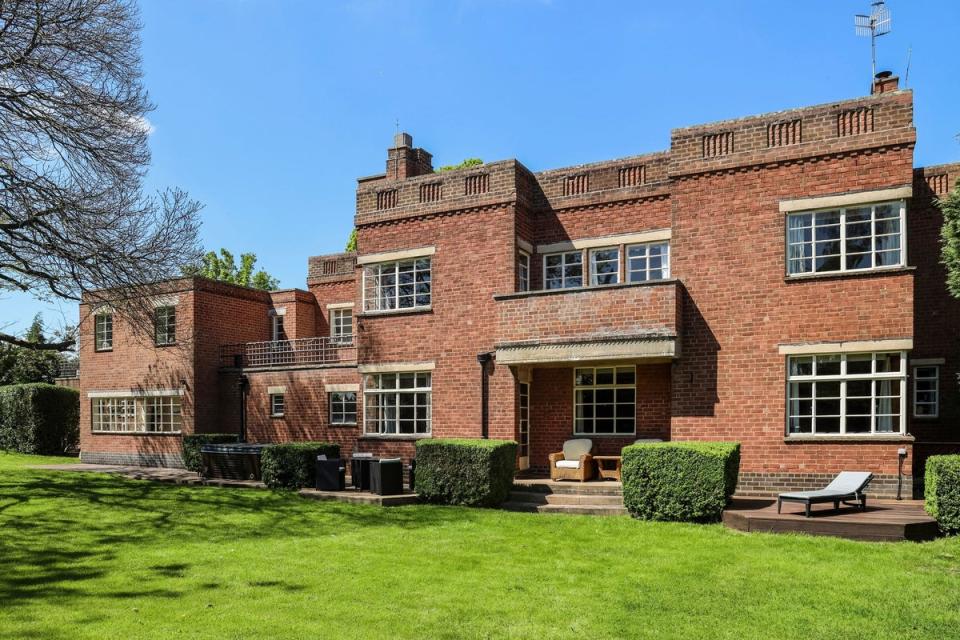
The house was commissioned by a local entrepreneur and designed by Birmingham-based architect Henry Walter Simister — who, incidentally, had designed several schools and public buildings nearby — in 1934. Since then, it has been occupied by three different families, with the current owners and their three children living there for the past 26 years.
“It’s one of those houses that puts it arm around you and says: stay,” says the owner. “I know it sounds nuts and misty-eyed, but I distinctly remember the feeling as I walked around it. It just called out to me.”
In 1998, the owners were on a nationwide search for an “unusual, zany house”.
They contacted estate agents and explained the brief, but nothing suitable emerged - until the owner saw the house featured in Country Life. “I thought: that’s the one.”
“It was looking a bit sad, covered in ivy, and it was owned by a developer who really wanted to knock it down and build more houses,” he says. “We looked round it, and were completely rapt by its chrome, yellow-tiled bathrooms, all the built-in furniture and its largely unspoilt interior. We just said: ‘We’ve got to save it’.”
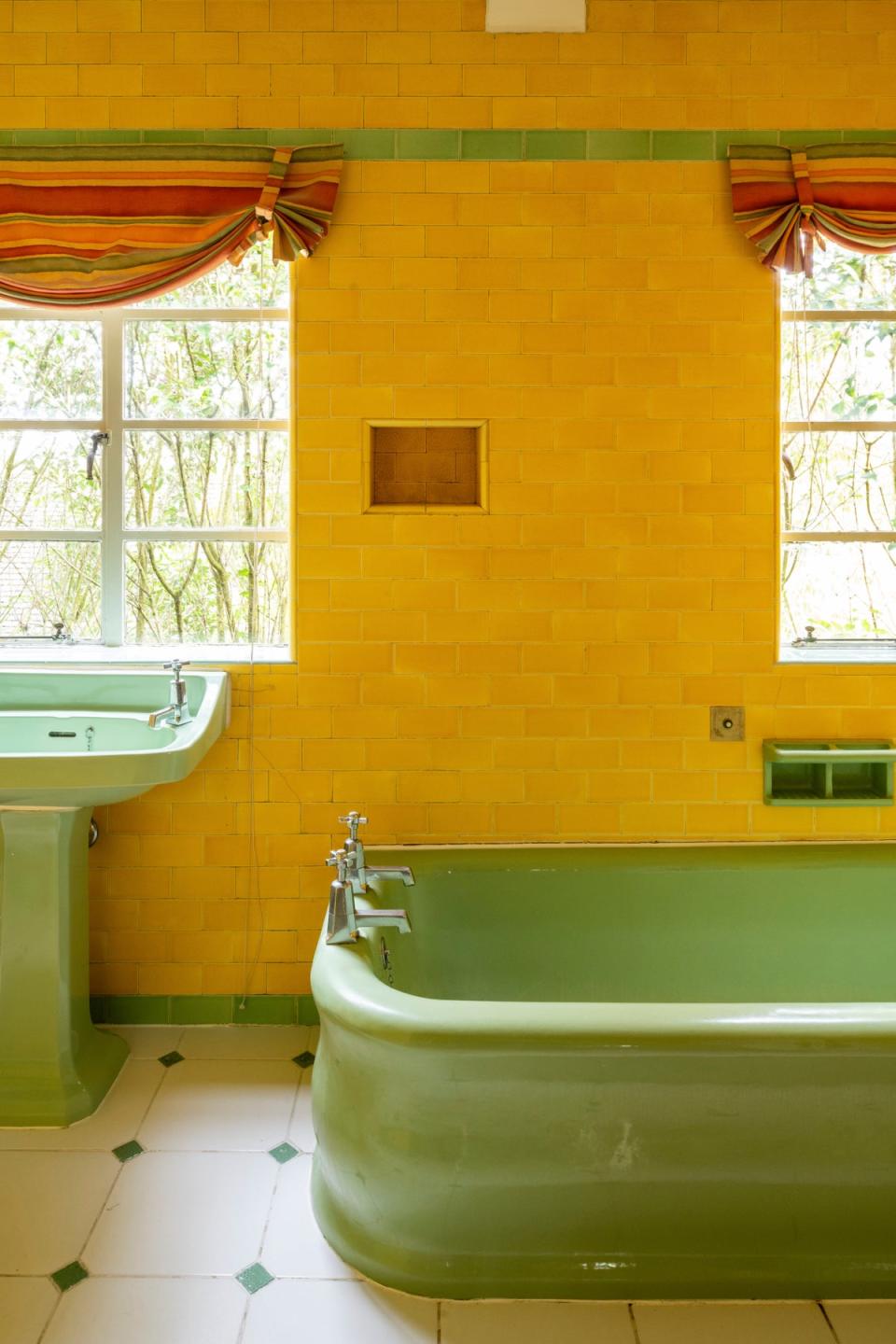
At the time, the family lived nearby, on the outskirts of Coventry, but hadn’t considered a move to Stratford-upon-Avon. “The connection between the Royal Shakespeare Theatre, which was built [in 1932] by Elisabeth Scott, the first woman to design a major public building, is lovely. [The house] is an homage to the RSC, because it has the same red brick,” says the owner.
“International Modern is such a unique architectural moment. It’s not the florid Art Deco, it’s that forward-thinking, Corbusier ‘machine for living in’-type feeling. In the dining room, the pictures are let into the walls. They’re not hung on them, they’re part of the walls, so you wouldn’t have to clean them. It’s that cleverness which we loved when we saw it.”
The house gained its Grade II listing in 1997. When the family bought it, it was in good condition —“There were flies and dead bees and stuff like that, but it was largely unspoiled and unmolested”— and kept mostly in its original state. “All we did was reclaim and improve,” says the owner.
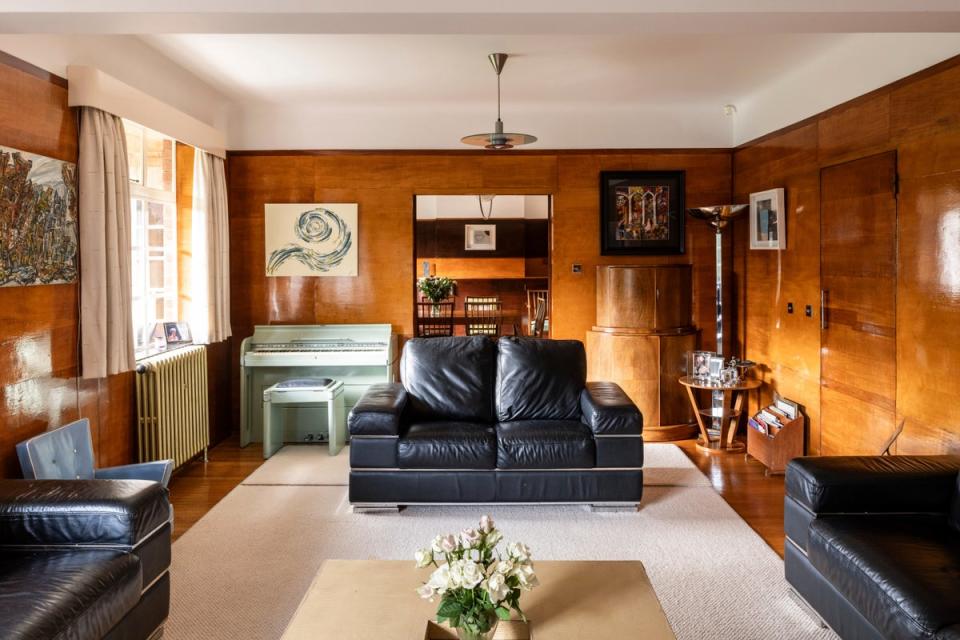
They “did all the sensible things”: rewiring, re-plumbing and replacing the boiler. They also added an extension, cut from the same red brick, with a balcony in the same style. This provided two garages and a wood panelled games room.
“We wanted to do it so it was almost seamless,” says the owner. “That was the major thing we’ve done. It’s been looking after it over the years and understanding that the wooden floors, high ceilings and Crittall windows are part of it, and to replace them with UVPC and stuff like that would be an act of architectural vandalism.”
The owners kept the original light fittings and had the door handles and taps re-chromed. “They’re all colour-coded, so the tops of the taps were the same colour as the bath and the basin. It was important to keep those details,” he says.
They sourced contemporary furniture, scouring Italian catalogues, vintage furniture shops and eBay. “I remember going to Amsterdam and finding this Art Deco shop with all these old lights, and carrying them back on the plane,” says the owner, who works with cars. “It’s great fun doing this sort of thing, like the chrome covers on the switches, and making sure it’s all there for the next generation.”
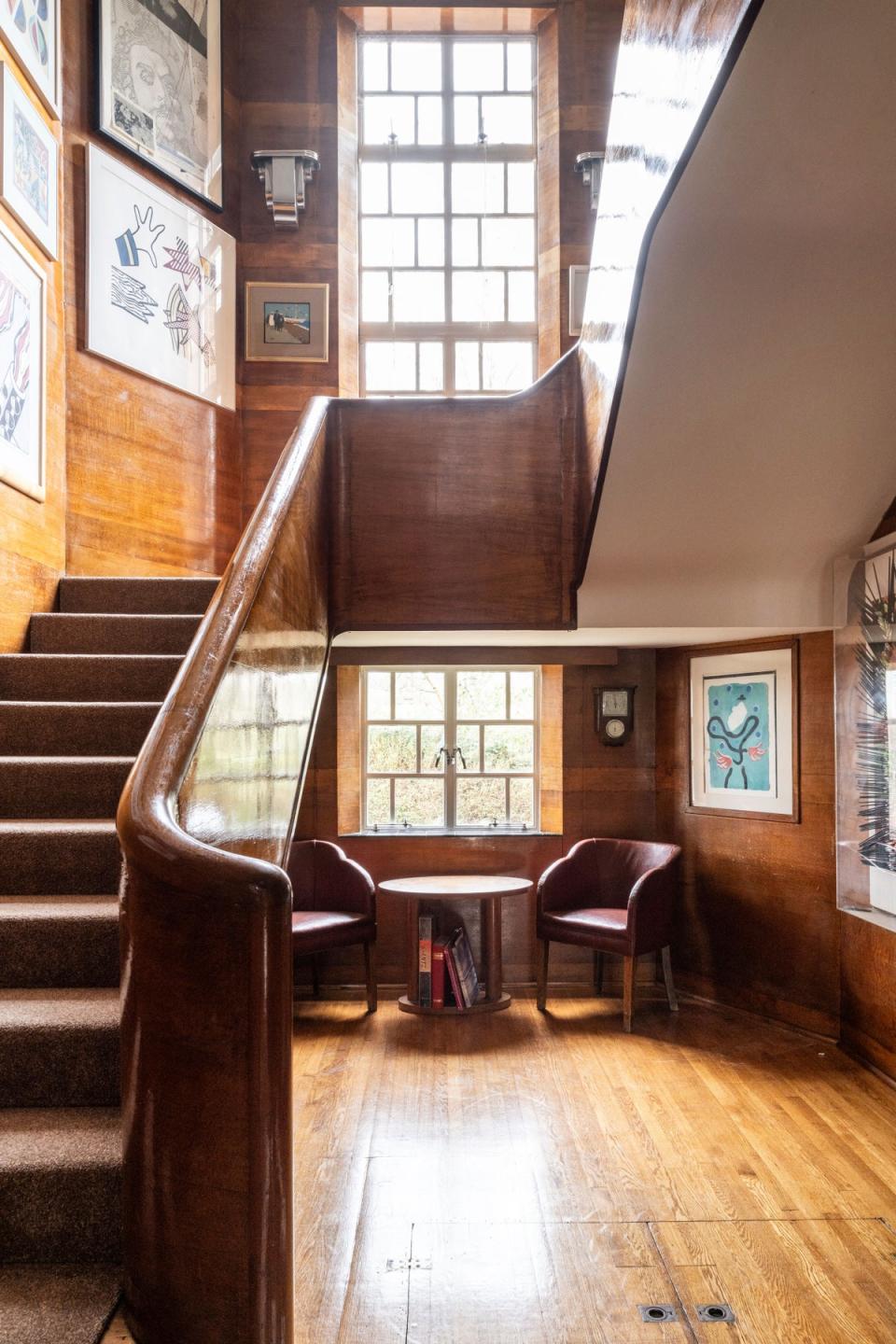
The house is arranged over two floors, with the kitchen and reception spaces downstairs and the bedrooms and games room above.
The living room has an Art Deco fireplace, with warm, honey-coloured wood panelled walls and oak flooring. These continue into the dining room, where the lighter wood is contrasted with a darker shade, running across it in horizontal stripes.
There is a “stair hall”, also wood panelled, with large vertical windows and a curved wooden handrail. By the window, the owners added two chairs and a round wooden table. “It’s a nice place to sit, have a cup of coffee and contemplate the world,” he says. “And that wonderful Hollywood staircase. It’s breath-taking.”
“It flows,” the owner adds. “It’s a unique space in the sense that all of us can go to different sides of the house and disappear, and then come together at the centre of the house in the dining room or the sitting room. It just works. As a family house, it’s been tremendous. “
Now, with the owners’ children having grown up and moved out, they have put the house up for sale. It is listed for £2.2 million with The Modern House. The owners are also open to selling the furniture and fittings separately which, they say, are “part of the house”.
“We’re kind of rattling around in this six bedroom, 5,000 sq ft house. We want to pass it on to somebody else who is going to care for it like we have,” says the owner.
“It’s one of those houses that tickles your heart with delicate fingers. It would be lovely to have somebody who could understand its importance, maintain it – and allow it to carry on largely unchanged.”


